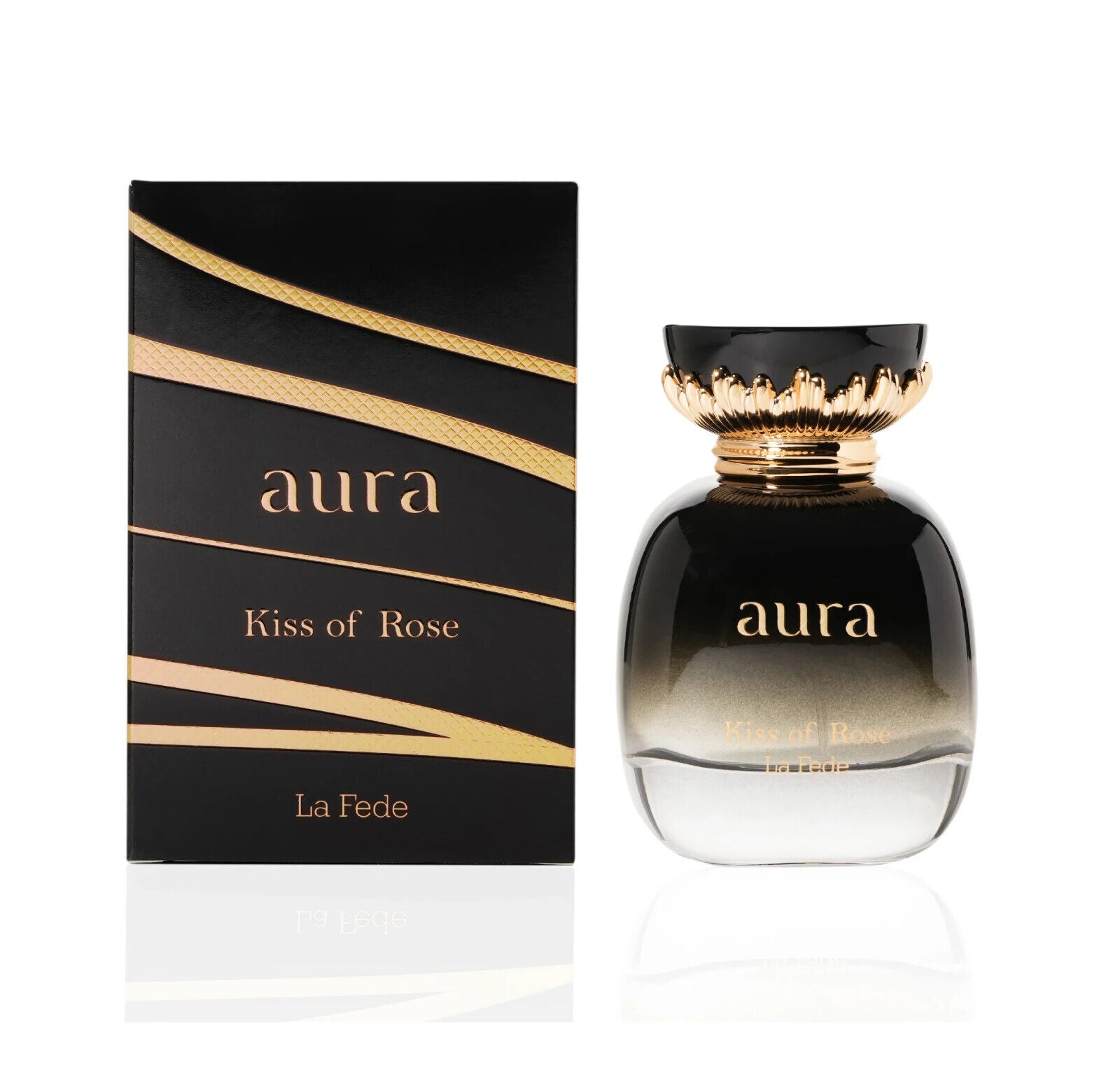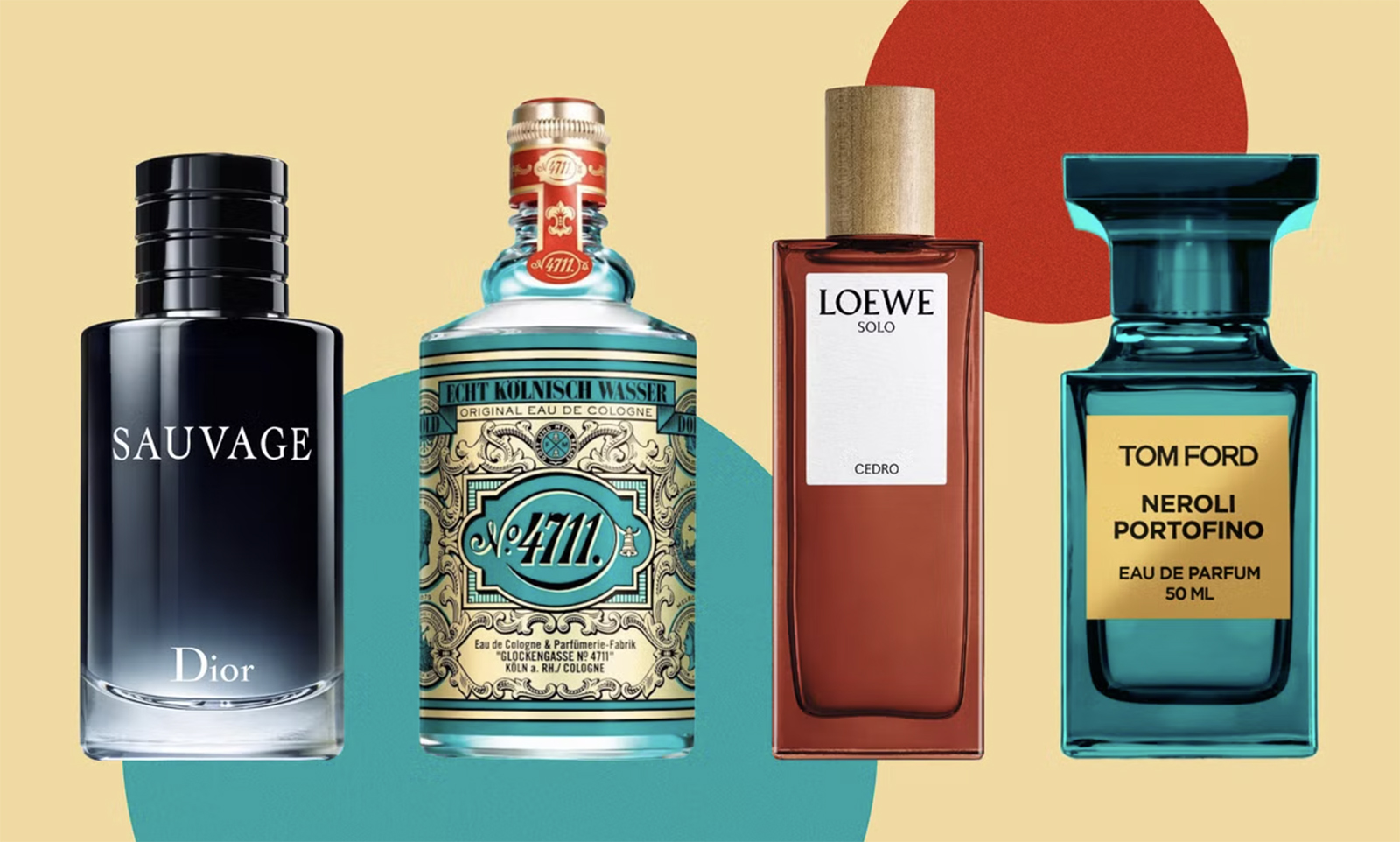Top Dubai Perfumes to Raise Your Fragrance Collection
Top Dubai Perfumes to Raise Your Fragrance Collection
Blog Article
Experience the Rich, Exotic Fragrances of Dubai Perfumes
The perfumes of Dubai represent an one-of-a-kind confluence of tradition and modernity, where the prominent significance of oud serves as a structure for a diverse range of scents. Each artisanal production not only astounds the detects however likewise narrates a rich cultural heritage, drawing from classic methods and native ingredients. As we explore the ins and outs of these fragrances, one need to consider just how they personify the identification of an area steeped in history and custom. What exists beneath the surface of these luxurious blends?
The Significance of Oud
Oud, commonly referred to as "liquid gold," is a great smelling material derived from the heartwood of the Aquilaria tree, which is native to Southeast Asia and the Middle East. This beautiful compound types when the tree goes through a fungal infection, triggering it to produce a dark, fragrant resin as a defense reaction. The resulting oud is very valued for its abundant, intricate scent profile that can range from pleasant and woody to smoky and balsamic, making it a keystone of Middle Eastern perfumery.
Oud has a long-standing cultural importance, usually used in traditional events and as a symbol of luxury and class. Its allure is not only due to its distinct scent however likewise its rarity; premium oud can command amazing prices in the international market. The removal process is labor-intensive, with sustainability problems arising from overharvesting of Aquilaria trees.
In modern perfumery, oud has actually transcended its conventional limits, inspiring a new wave of fragrances that integrate its unique notes. As an outcome, it has actually become a necessary active ingredient for both specific niche and mainstream fragrance houses, captivating a diverse target market worldwide.
Conventional Attars Explained
Perfumes crafted in the Center East commonly include an abundant practice that prolongs past contemporary synthetic scents. These concentrated scent oils are acquired from agricultural resources, such as spices, herbs, and flowers, often via methods like steam purification or enfleurage.
Attars are normally alcohol-free, making them ideal for various cultural techniques and preferences. They are understood for their durability and splendor, often lasting for hours or perhaps days after application (Dubai Perfumes). Typical active ingredients include sandalwood, rose, jasmine, and brownish-yellow, each adding unique notes that balance perfectly in each mix

Artisanal Workmanship in Perfumery
The art of crafting perfumes is a thorough procedure that needs not just creativity however additionally a deep understanding of fragrance structure. In Dubai, this artisanal craftsmanship makes use of centuries of practice, where skilled perfumers, called "mukhalliq," blend their experience with a natural feeling of aroma. Each perfume is an one-of-a-kind production, mirroring the artisan's vision and the region's rich social heritage.
Artisans start their work by picking top notch resources, frequently sourced locally and worldwide. The careful option procedure ensures that each active ingredient adds to the scent's intricacy and deepness. Techniques gave via generations, such as maceration and purification, are employed to extract the essence of these materials, permitting the perfumer to catch their true character.
Additionally, the mixing procedure is an art by itself. It involves not just the precise combination of notes however also the capability to stabilize subtleties and strengths, developing a harmonious scent account - Dubai Perfumes. The last product is a testimony to the artisan's skill and devotion, leading to fragrances that are not just products yet expressive experiences that tell a story of their origin and craftsmanship
One-of-a-kind Active Ingredients of Dubai Fragrances
Crafted with this an extraordinary mix of virtuosity and tradition, Dubai scents are differentiated by their one-of-a-kind active ingredients, several of which my latest blog post are deeply rooted in the area's history and society. Central to these aromas is oud, a resinous wood from the Aquilaria tree, renowned for its rich, complex aroma. Considered a high-end, oud is frequently blended with other elements to produce deepness and refinement.
An additional staple is amber, valued for its warm, sweet notes that evoke a feeling of comfort. It's frequently combined with seasonings like saffron and cardamom, including an exotic style that shows the vibrant markets of Dubai. Floral notes, such as rose and jasmine, also play a substantial function, infusing the perfumes with a fresh, fragile significance that balances the much heavier base notes.
Furthermore, all-natural oils stemmed from herbs and fruits, such as bergamot and basil, add to the overall profile, enhancing the fragrances with invigorating and brilliant touches. These active ingredients, picked for their top quality and cultural significance, make sure that Dubai scents are not simply aromas yet represent a rich tapestry of practice and sensory experience.

Cultural Importance of Dubai Perfumes
Embodying an abundant social heritage, Dubai perfumes offer not just as personal accessories however also as signs of identification and tradition. In an area where scent plays a pivotal duty in every day life and social interactions, these scents show the worths and custom-mades of Emirati culture. Commonly, the art of perfumery has actually been a revered craft, gave via generations, and deeply intertwined with the area's background.
Fragrances hold substantial significance during unique celebrations such as wedding events, spiritual festivals, and social gatherings. The act of gifting fragrances is a common method, demonstrating regard and love among household and pals. The unique scents commonly evoke memories of heritage, attaching individuals to their origins and public origins.
Furthermore, Dubai's perfumes are characteristic of the fusion between ancient practices and modernity. As the city ends up being an international center for business and tourist, the scent market has actually evolved, blending traditional ingredients with modern methods. Therefore, Dubai perfumes not just stand for the essence of the area's cultural identification however likewise encapsulate its dynamic spirit, making them a source of pride for locals and an interest for site visitors.
Conclusion
In final thought, Dubai fragrances encapsulate an abundant tapestry of social heritage and artisanal craftsmanship. The unified mix of oud, floral, and zesty notes produces a distinct olfactory experience that transcends plain scent, signifying identification and custom.
The perfumes of Dubai represent an unique assemblage of practice and modernity, where the renowned essence of oud offers as a structure for a diverse selection of scents.Fragrances crafted in the Middle East usually incorporate a rich practice that browse this site extends beyond modern artificial scents. These scents are frequently stored in elaborate bottles, mirroring the social significance and aesthetic value of the fragrance itself.The art of crafting perfumes is a careful process that needs not just creativity however likewise a deep understanding of fragrance structure.Symbolizing an abundant cultural heritage, Dubai perfumes serve not only as personal accessories yet likewise as symbols of identity and tradition.
Report this page